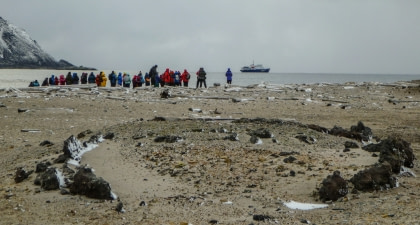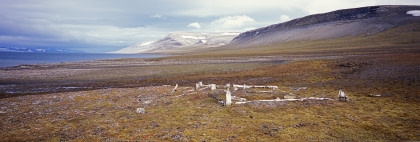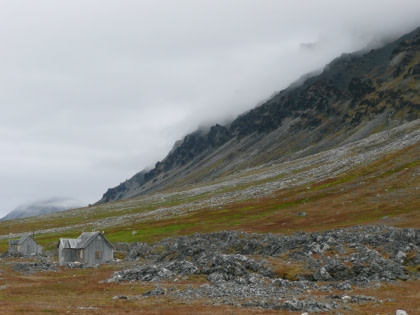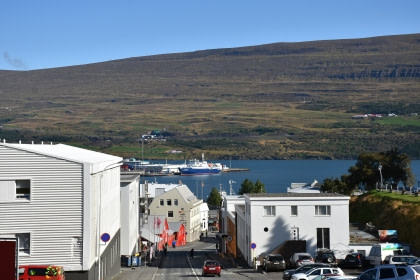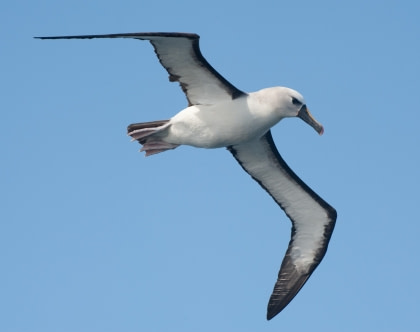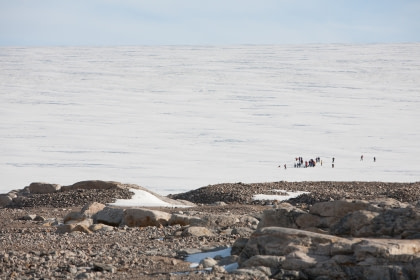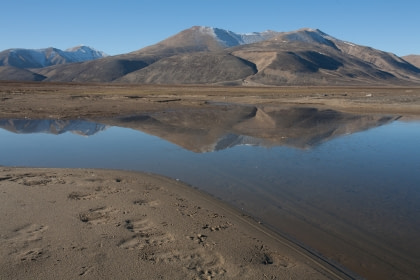Highlights
368 highlights shown
Highlights
Region
Destination
-
Show all
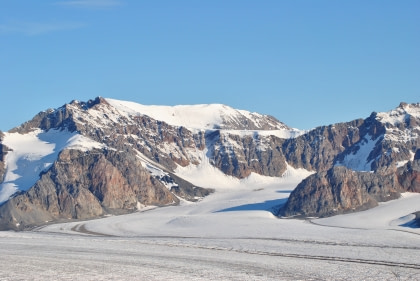
14e Julibreen
Experiences
One of the most magnificent in northwestern Spitsbergen, this glacier gets its name from France's Bastille Day, 14th July
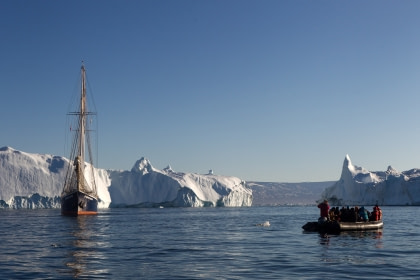
Aasiaat
Experiences

Acoustics Workshop
Outdoor activities
In these engaging audio workshops, you will locate, record, and analyze the enchanting sounds of various polar animals, such as whales, seals, and seabirds

Adelie Penguin
Wildlife
These gallant-fighting, deep-diving namesakes of the French-claimed Antarctic Adélie Land are among the four penguin species on mainland Antarctica
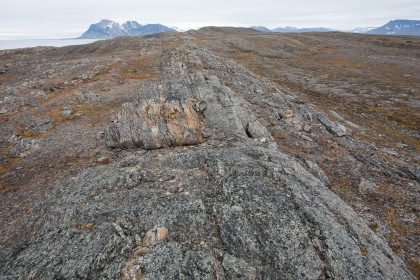
Akseløya
Experiences
Dividing the waters of Van Mijenfjorden from Bellsund, this Arctic island is named after an historic expedition schooner
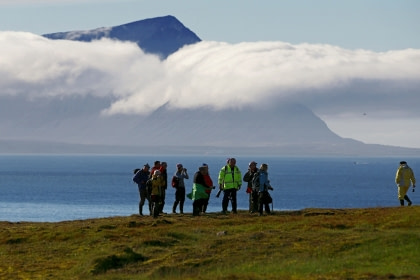
Alkhornet
Experiences
This imposing peak guards the entrance of Isfjorden, and is home to thousands of pairs of seabirds
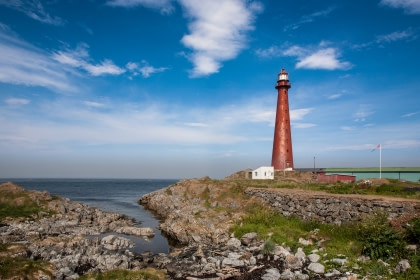
Andenes
Experiences
Andøya Island’s northernmost settlement, Andenes lies just west of the scenic Norwegian island of Senja
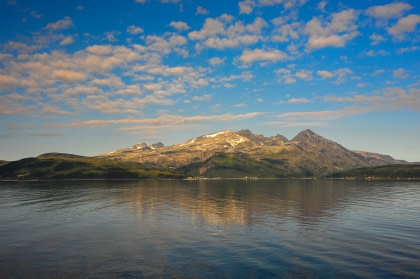
Andfjorden
Experiences
A fjord in Northern Norway whose depths make it an excellent place to spot whales, especially sperm whales and orcas
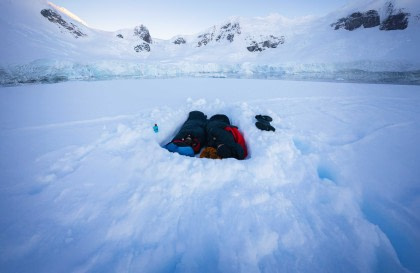
Antarctic Camping
Outdoor activities
Few things get you closer to the Antarctic expedition experience than making camp, settling into your bivouac bag, and sleeping under the Southern Hemisphere stars
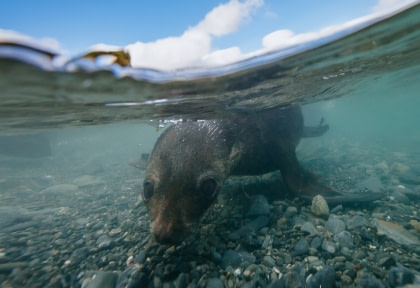
Antarctic Fur Seal
Wildlife
Once hunted nearly into extinction, these pointy-eared polar swimmers are the comeback queens and kings of the Antarctic
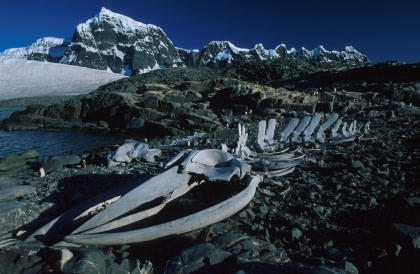
Antarctic Peninsula History
Experiences
Discovered in 1820, the Antarctic Peninsula has witnessed some of the world’s most momentous polar expeditions
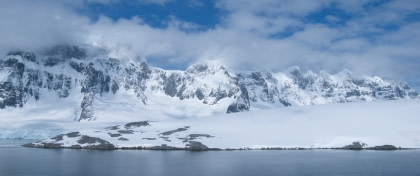
Antarctic Peninsula's magical scenery
Experiences
A prime convergence of Antarctic ice, wildlife, and wilderness
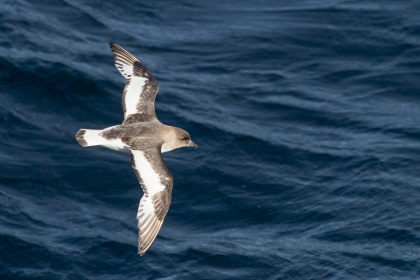
Antarctic Petrel
Wildlife
These feathered fish-eaters are among the planet's most southerly nesting birds, the "petrel" of their name deriving from Saint Peter for their seeming ability to walk on water
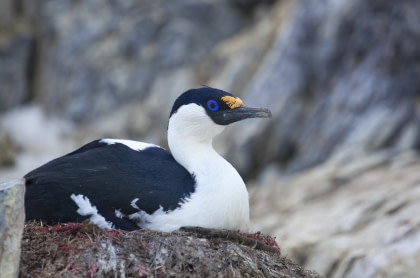
Antarctic Shag
Wildlife
The only Antarctic bird to keep a year-round nest as long as the ice holds off, these neighbor-robbing homebodies are a welcome sight for sailors in search of land
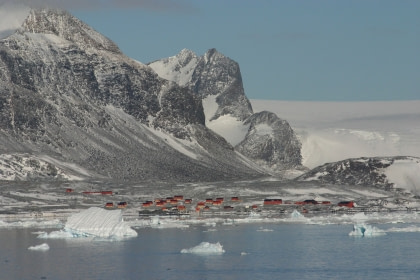
Antarctic Sound
Experiences
A channel at the northeastern end of the Antarctic Peninsula, the Antarctic Sound connects the Bransfield Strait to the Weddell Sea
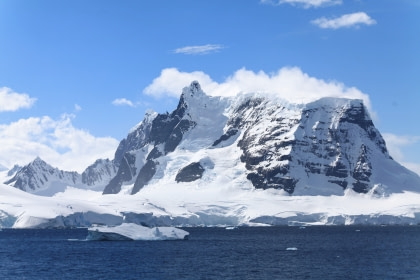
Anvers Island
Experiences
Also known as Isla Amberes and Antwerp Island, this mountainous landmass lies southwest of Antarctica’s Brabant Island
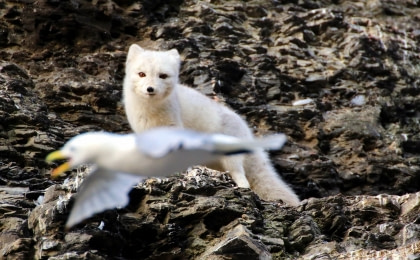
Arctic Fox
Wildlife
Small but sturdy, these members of the canidae family can withstand some of Earth's coldest temperatures
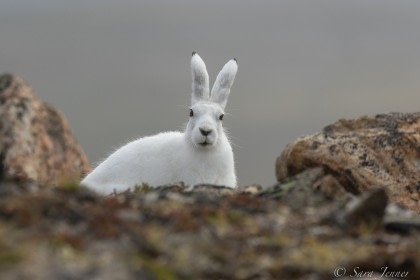
Arctic Hare
Wildlife
They can run like the wind, see everything around them without turning their heads, and sometimes eat animals instead of leaves – all while looking this cute

Arctic Tern
Wildlife
Among the most nomadic birds on the planet, these sun-loving tourists summer twice a year during their ambitious routes
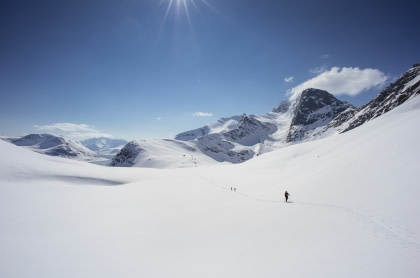
Arnøya
Experiences
The site of the mountain Arnøyhøgda, surrounded by fjords and popular skiing slopes

Astronomy Workshop
Outdoor activities
Explore the wonders of the polar skies, practice navigating with a sextant, and learn the basics of modern and historical astronomy.
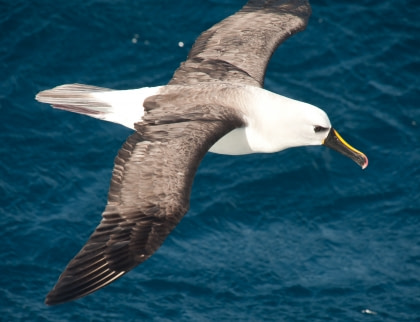
Atlantic Yellow-Nosed Albatross
Wildlife
These so-called "foolish gulls" aren't so very foolish, capable of gliding for miles without a single flap of their wings
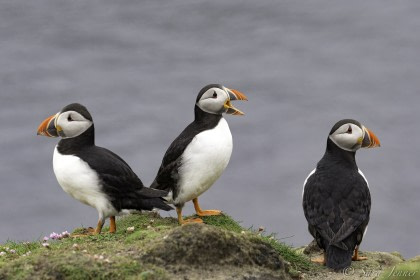
Atlantic puffin
Wildlife
These horn-beaked auklets have nicknames both jocular and solemn: "sea clowns" for their facial hues, "little brothers of the north" for the monk-like tones of their plumage
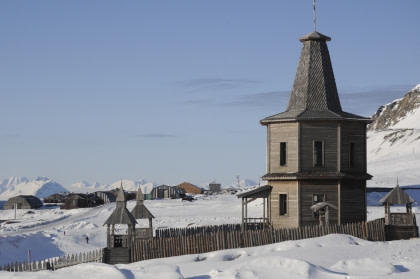
Barentsburg
Experiences
Barentsburg, the last remaining Russian settlement to be found in Svalbard, offers a glimpse into the Soviet past.
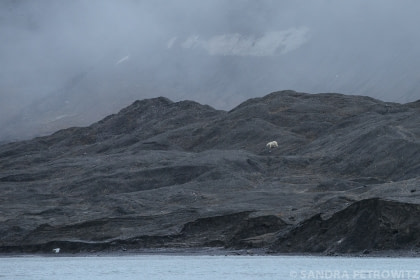
Barentsøya
Experiences
Located between Edgeøya and Spitsbergen, the island of Barentsøya is named after a Dutch explorer who in fact never saw it
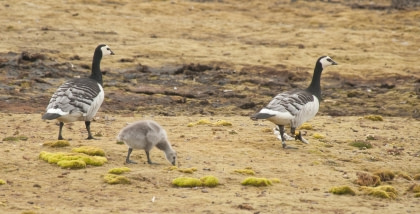
Barnacle Goose
Wildlife
Vanishing from Western Europe in the summer, these long-necked locals earned the medieval reputation for being borne of barnacles

Basecamp
Outdoor activities
Craving a polar trip that will give you the utmost outdoor adventure? Then our Basecamp concept is for you, offering the widest possible range of engaging activities
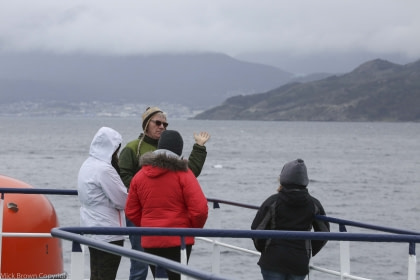
Beagle Channel
Experiences
Home to some of the world’s most southern settlements, Beagle Channel is the first place biologist Charles Darwin saw glaciers
